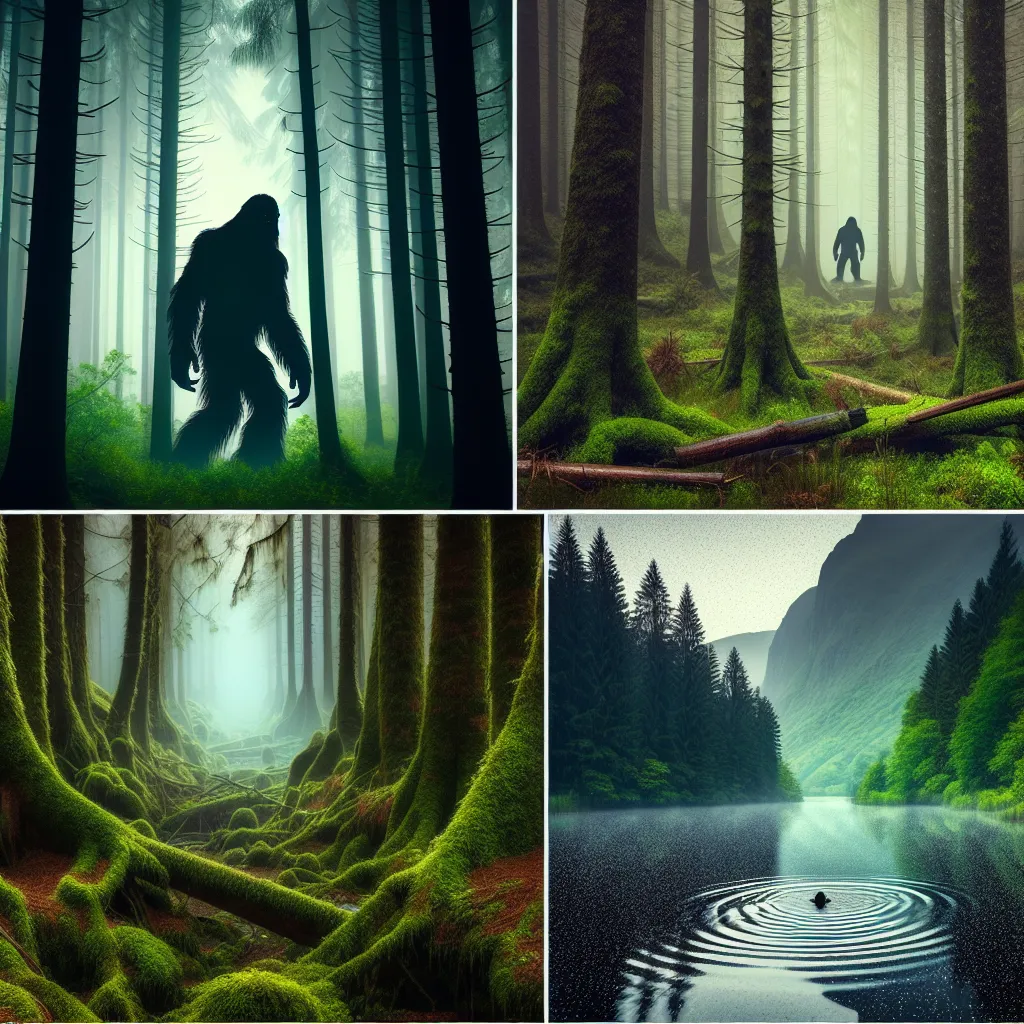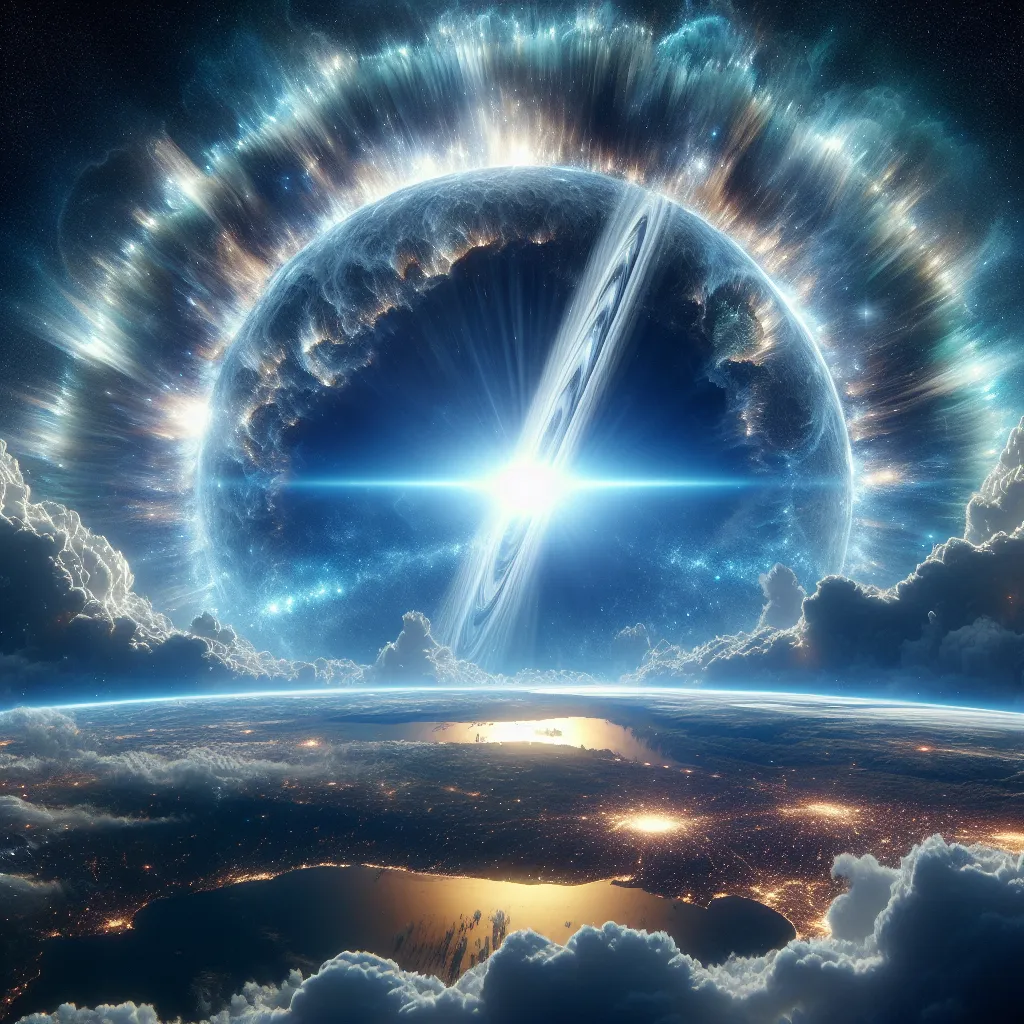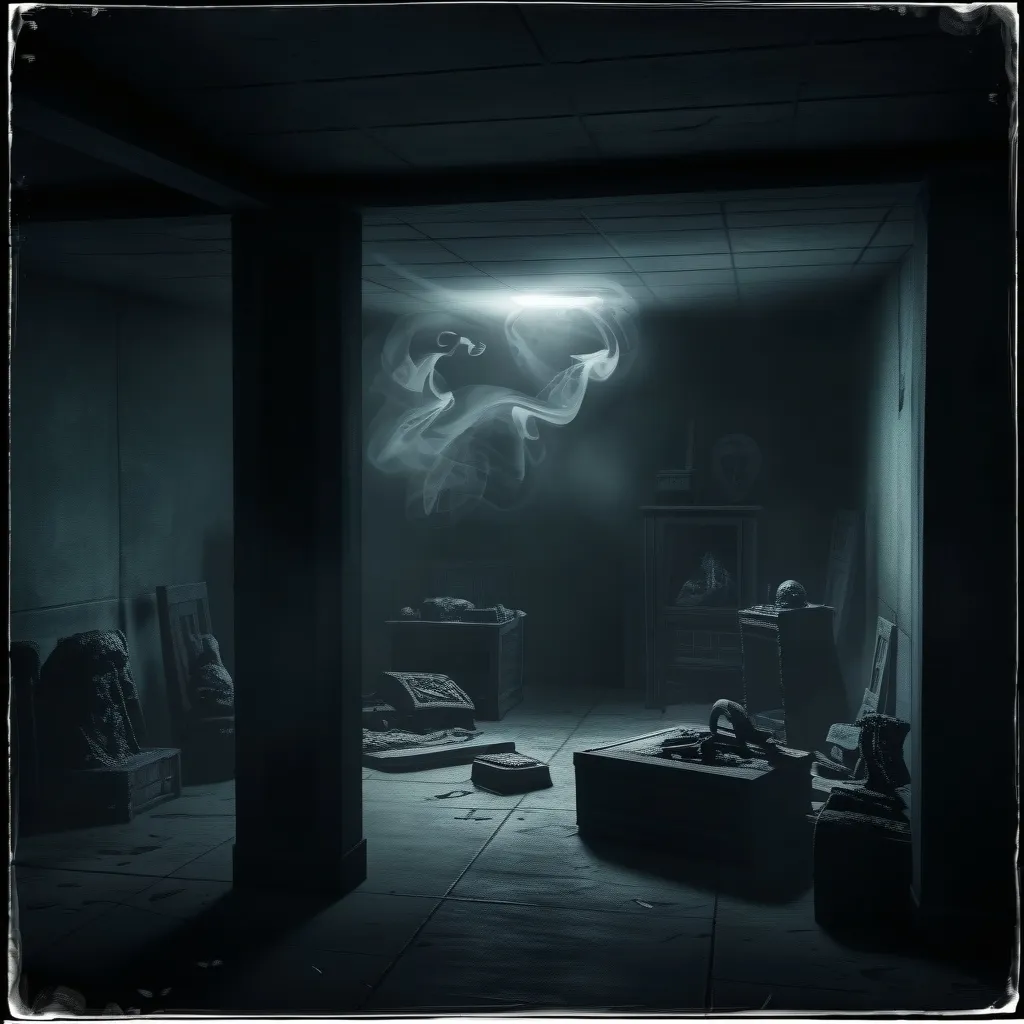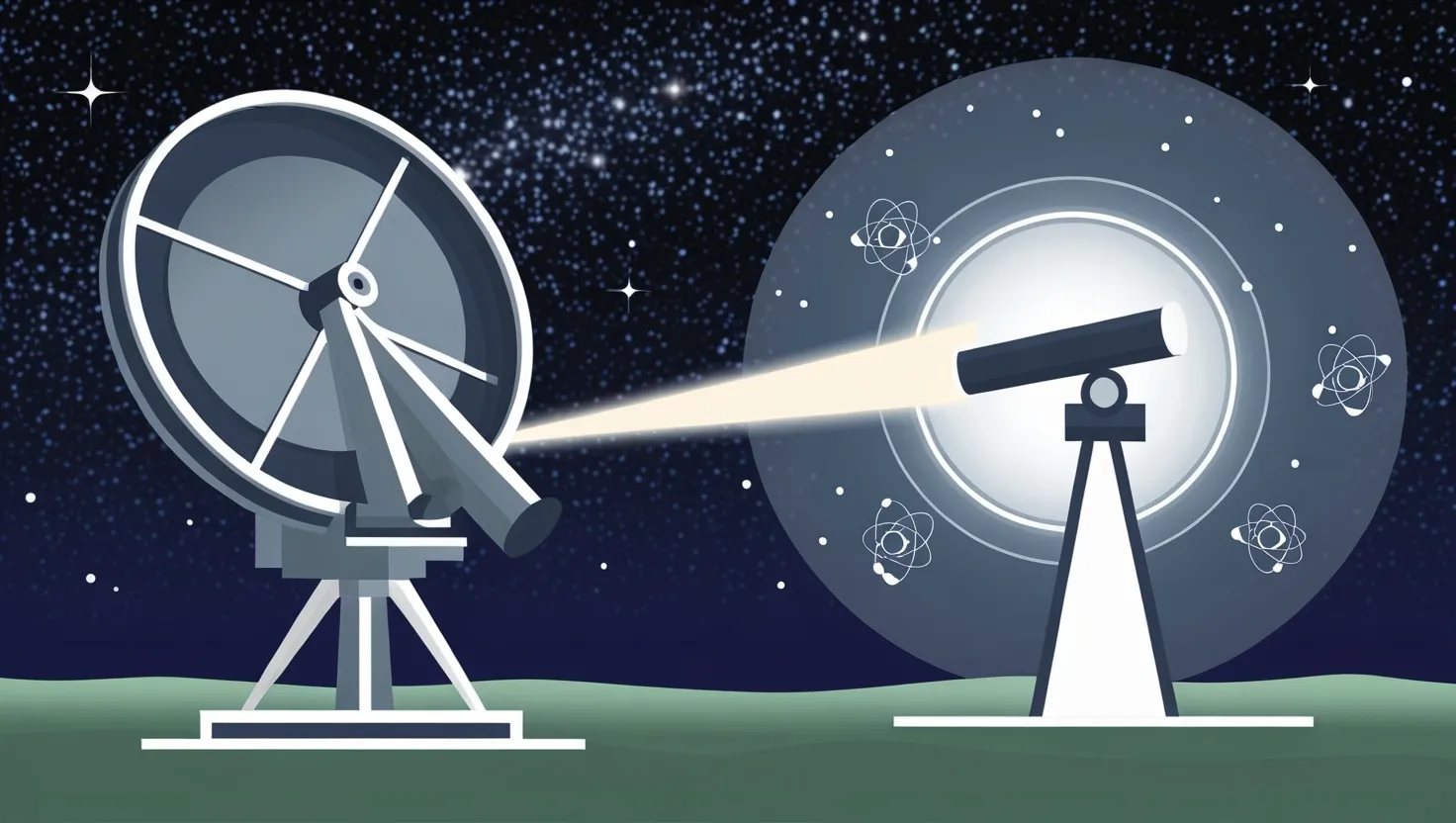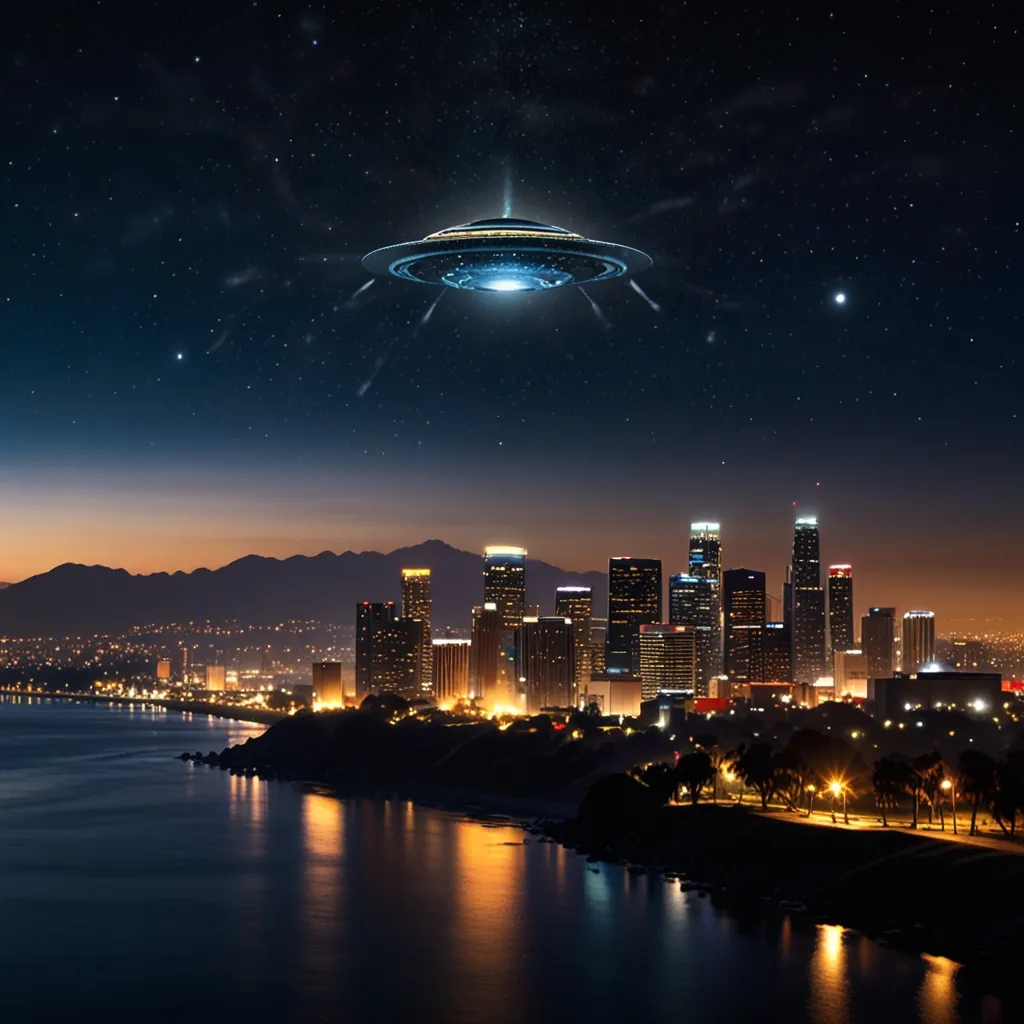In 1925, John Burns, a school teacher at Chalus Indian Reservation in British Columbia, started hearing stories from his students about a giant roaming the forest. These tales were passed down through generations by the local tribe, but they kept insisting it was just a myth. One night, an elder confessed to Burns that these stories were real, but the tribe feared ridicule from outsiders. As Burns gained their trust, the elders revealed that they and many others had seen the creature, known in their language as SQ or “Wild Man,” pronounced Sasquatch in English. Thus, a legend was born.
As the story unfolds, we transition to modern times, where we still discuss Sasquatch and explore various encounters. In June 2020, a couple hiking in Trinity County, California, noticed a strange creature drinking from a creek. It had human-like eyes and fled once it noticed them, first on all fours and then upright, moving swiftly. Over the years, numerous encounters have been logged, each consistent in describing this tall, mysterious figure with human-like eyes and long strides. Investigations have collected over 100 plaster cast tracks and thousands of witness accounts. The most famous evidence remains the 1967 Patterson-Gimlin film, still debated by experts today.
Now, let’s shift gears and talk about another famous cryptid, the Loch Ness Monster. In 1933, road construction around Loch Ness brought many people to the area, and soon, reports of a gigantic creature in the water began to piling up. Local newspapers buzzed with accounts of a long-necked, hump-backed creature moving through the water. These descriptions closely matched the Plesiosaurus, a marine reptile from the Jurassic era.
In April 1960, British biologist Tim Dinsdale captured film footage of what he believed to be the Loch Ness Monster. Experts scrutinized the footage, but it only added to the mystery. Over the years, various expeditions, including Operation Deepscan in 1987, tried to locate Nessie using advanced sonar, resulting in several curious findings but no definitive proof.
Finally, there’s the terrifying Chupacabra, first reported in Puerto Rico in 1995. Farmers found their livestock dead, drained of blood, with mysterious puncture wounds. The creature’s frightening appearance was described in detail by a local woman, Melina Tolentino, leading to a terrifying artist’s sketch that gained global attention. The Chupacabra sightings soon spread to mainland North and South America, with countless animals falling victim in similar fashion. Yet despite the chilling evidence, no real proof of the creature has ever been verified.
These cryptids remain a tantalizing mystery, feeding our fascination and skepticism. While science demands hard evidence, tales of Sasquatch, the Loch Ness Monster, and Chupacabra continue to captivate imaginations worldwide. The truth may be elusive, but the stories persist, fueling the enduring allure of the unexplained.
